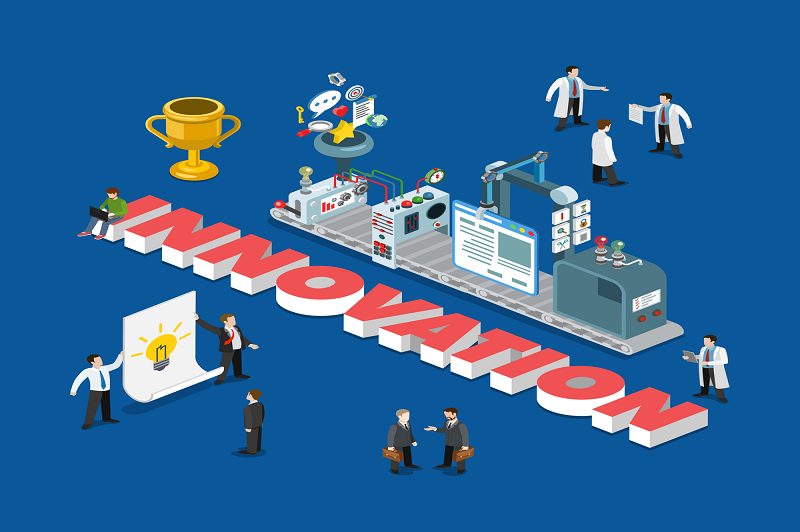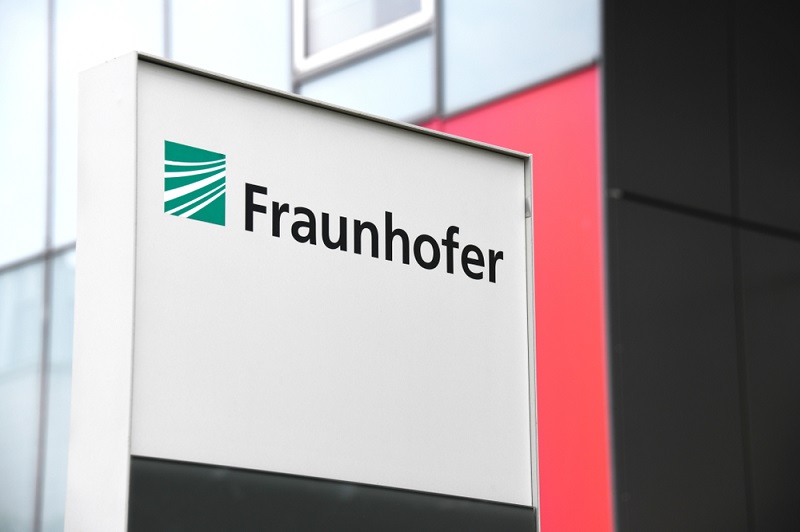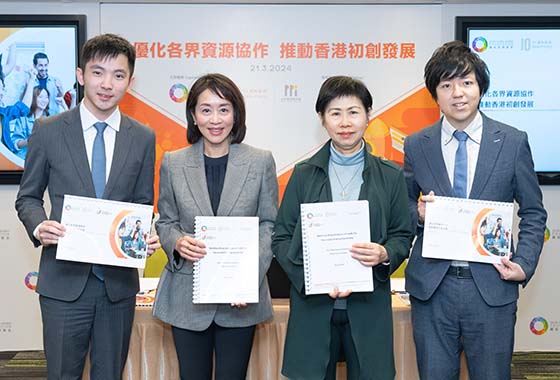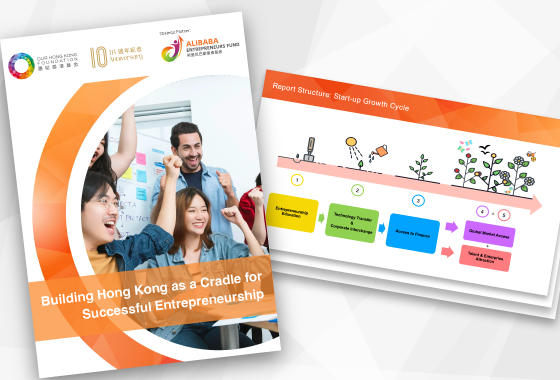Bridging Industry and Academia with R & D Centres, Creating a Vibrant Ecosystem of Science and Technology Innovation
Authors: Kenny Shui, Assistant Research Director and Louise Wen, Assistant Researcher at Our Hong Kong Foundation

Faced with the continued spread of coronavirus, Hong Kong’s science and technology innovation sector are making an active contribution to the fight against the pandemic. Among the five R & D centres set up by the Government, the Logistics and Supply Chain MultiTech R & D Centre (LSCM) led the development of electronic wristbands, for the Government to enforce home quarantine; the Nano and Advanced Materials Institute Ltd (NAMI) worked with other companies to design the bacteria-killing N99 masks. Overall, the centres’ efforts have yielded fruitful results.
Despite their success, Hong Kong’s R & D centres are often criticised for the limited scale and impact of their technological innovations. Hong Kong is renowned for the high calibre of its academic research, but in order to create a thriving ecosystem of science and technology innovation, the four stakeholders – the Government, industry, academia and research centres must work together. Among them, R & D centres can not only collaborate with universities and businesses respectively and provide research support, but also serve as a bridge and close the innovation gap between academia and industry, by translating the seemingly abstract research findings into commercial products. In order to maximise the impact of R & D centres in technological innovation and fully embrace the tripartite collaboration of academia, R & D centres and industry, one can draw inspiration from the Fraunhofer Society, the world’s leading organisation for applied research and the largest of its kind in Europe.

The Fraunhofer Society connects academia and industry, acting as a catalyst for technological breakthroughs. It harnesses the advanced research output produced by universities, whilst keeping tabs on the latest industry trends and exploring the potential industrial application of cutting-edge technologies, thereby driving the development of technological innovation in Germany and the wider Europe. The Society has 74 research institutes across Germany as well as branches and offices around the world. It invites university professors to act as deans of the research institutes, enabling it to maintain a close relationship with many universities over the decades. Meanwhile, out of its €2.8 billion annual research budget, more than 80% comes from contract research, evidence of the Society’s extensive and in-depth collaboration with the industry. Since its establishment, the Society has made remarkable progress in technological innovation and yielded substantial economic benefits. Among other things, it is known for developing the MP3 technology in collaboration with the Friedrich-Alexander University Erlangen-Nuremberg and companies including Apple. In comparison, the cooperation among Hong Kong’s universities, research centres and businesses is rare and far less successful. Confronted with increasingly complex research problems such as the coronavirus, R & D centres should bridge the gap in innovation between academia and industry, so that Hong Kong’s latest research findings can be effectively converted into large-scale commercialisation projects.
Under the ‘Fraunhofer Model’, the Technology Marketing and Business Models is a very important division. Within the division, departments such as Corporate Business Development are made up of industry experts who provide businesses with customised services, including academic resources, research support, product and process development, as well as procedure training. These departments help the Society obtain first-hand information on industry trends and market changes and utilise the Society’s resources to expand its partnership network. Hong Kong’s R & D centres can also adopt this approach to facilitate cooperation and communication with the industry.
Maximising the impact of R & D centres is crucial for driving the collaboration of the three key players in the ecosystem of science and technology innovation – industry, academia and research centres. Borrowing from the ‘Fraunhofer Model’, Hong Kong’s R & D centres can strengthen cooperation with academic and industry at both ends, promote the industrialisation of academic research and create new opportunities for the development of technological innovation. In the long run, the science and technology innovation industry could become the ‘fifth pillar’ with high growth potential following economic restructuring, in addition to the traditional four pillar industries. As an important link in the ecosystem of science and technology innovation, R & D centres will assume greater significance, as a stimulant to collaboration among industry, academia and research centres.



